Endlessly entertaining gifs and memes aside, one of Succession’s lasting legacies is that it helped usher in an era of ‘quiet luxury’.
Quiet luxury is low-key affluence that still speaks volumes – but only to those in the know. It is the plain black baseball cap that Kendall Roy wears in Succession that can be bought for $USD625 at Loro Piana. It is the moss green wool coat that Gwyneth Paltrow wore to her recent court case that costs $7400 from The Row. It is, in fact, anything from The Row.
But quiet luxury is not a trend reserved exclusively for fashion.
The same thing has been happening in beauty for a few years: ‘good skin’ has become a status symbol; something that separates those with the means to afford expensive treatments from the rest of us.
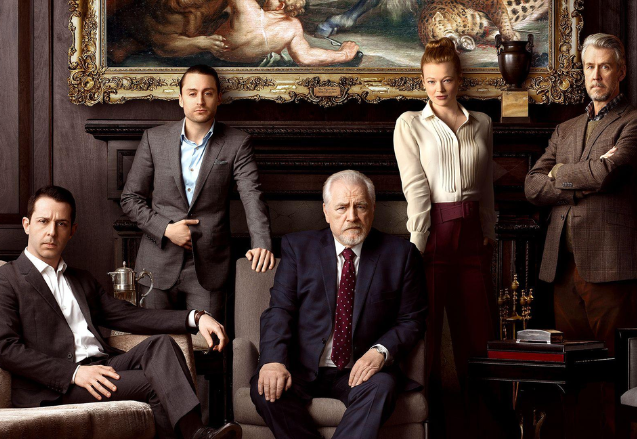

Because – no matter what celebrities might say about drinking water and wearing SPF – unless you lucked out in the gene department there’s no getting around the fact that flawless skin doesn’t come cheap.
Anyone with a couple of hundred dollars can nip down to her local shopping centre and have her forehead frozen and her lips blown out, but only the truly wealthy have the vast sums of money – and the time – required for the endless facials, lasers, treatments and infrared sessions to achieve quote-unquote “perfect” skin. And sometimes it’s these treatments, not necessarily expensive creams and serums, that make all the difference.
Because, sure, while Jennifer Aniston might tell beauty journalists that she washes her face with Aveeno, she’s also been snapped leaving A-list facialist Shani Darden’s spa, where clients go for everything from laser treatments to infrared therapy, and where a 15-minute online consultation alone costs $AUD150. (As for the cost of treatments themselves? I’d love to tell you, but I can’t because Darden’s clinic is so exclusive the price list isn’t even available.) Aniston also relies on pricey gadgets, like this 24-carat gold plated bar ($USD295) and this nanocurrent device ($886), to maintain her signature California glow.
Anyone with a couple of hundred dollars can nip down to her local shopping centre and have her forehead frozen and her lips blown out.
Radio frequency, microneedling, LED…these are the skin treatments or ‘tweakments’ that can make all the difference, according to one cosmetic doctor at a top, luxury Sydney skin clinic, who spoke to me anonymously. “You’d be surprised to know how many [women] are having these treatments done in a way that is very natural and undetectable.”
And despite the current economic climate, many women are investing – heavily – in these treatments, as well as fillers and anti-wrinkle injections. “I have a number of patients that spend between $10-20 thousand each month in the clinic on treatments,” she says. “And I have had clients spend up to $50k to prepare for a special event.” (I cannot compute those numbers in my brain.)
Top Melbourne facialist April Brodie is not surprised. When she started out in beauty salons in the ‘80s, skincare was much more basic, and few women requested facials. “We did one facial a week. Australians were very much into hair removal.”
Fast forward four decades, and Brodie can confirm that Australian women are now very much into facials and skincare. “Everybody wants a glow and a lift,” she says, explaining that many of the women she sees use LED masks at home and then “top that up” with in-clinic treatments like laser.
Whatever the treatments, Brodie says the women she speaks to all share the same goal: to achieve luminous, glowing skin. “Nobody wants open pores, and everybody hates texture.”
Everybody wants a glow and a lift. Nobody wants open pores.
What’s behind the obsession? Brodie believes social media has a lot to answer for. “People use filters on social media and then they start looking at their own skin and thinking, ‘Why can’t my skin be like this?’ Lockdown was another factor, she adds; all those hours spent staring at our own faces during endless pandemic Zooms almost certainly fuelled our preoccupation with flawless skin.
The truth is that, over the past few decades, there has also been a slow shift towards “skin first, makeup second”. These days, as women age, they tend to favour more natural looks, rather than the pancake-y base and powdery eyeshadow that our grandmothers wore. The upshot? A clear, glowy complexion is more important than ever – even as we grow older – and many women are seeking professional assistance to achieve it.
New York-based Dr Evan Rieder is both a certified dermatologist and certified psychiatrist who has a special interest in the nexus between mental health and appearance. He sees few problems with our growing interest in glowing skin. “We know that people with good skin and other attractive features may be viewed more highly by the general public.”
Given the vast sums of money that many women are investing in their skincare, is it fair to equate “great skin” with “bought skin”?
No, says Dr Rieder. “Some procedures cost money, but the people who receive them take an active role in their skin journey. They have often lived with skin that they did not find to be a true reflection of their internal state and researched to identify ways to improve it.”
Undergoing “an aesthetic journey is work” he explains, often entailing multiple visits to a derm’s office over years, sticking to a skincare plan, possibly submitting to uncomfortable procedures with downtime. “While it’s true that many people get assistance from aesthetic doctors, they are earning their results.”
In fact, all the experts I spoke to emphasised that achieving ‘good skin’ requires considerable dedication in-clinic and at home. “It’s a commitment both in terms of our lifestyle choices and the care and consideration we give to our home regimes and treatment plans,” says Melanie Grant, A-list facialist and founder of Melanie Grant Skin Health and SkincareEdit.com.
Through her work treating famous (and not-so-famous) faces, Grant has seen an increase in the comparison game – thanks largely to social media. However, she emphasises that, despite what we see online, flawless, poreless skin doesn’t exist and that everyone has different ideas about what exactly constitutes ‘good skin’.
For her, good skin means “a strong and resilient complexion that’s hydrated, energised and bright. It’s not about achieving this unattainable idea of perfection,” she adds.
Dr Rieder agrees. “There are certain people who have skin with universally desired features—even tone, absence of pores/blemishes/wrinkles—but there are many people who look great with features that are not necessarily considered desirable. Sunspots, wrinkles, freckles, scars can all give character and charm, especially when reflective of a person’s internal state and personality.”
A ‘good skin’ kit
Whichever adjectives are included in your personal definition of ‘good skin,’ I’m almost certain that ‘healthy’ is somewhere in there, yes? Here are some buys, budget and bougie, that promise strong skin.
Beauty of Joseon Glow Serum: Propolis + Niacinamide, $33: Niacinamide is generally suitable for most skin types, and can boost hydration and reduce inflammation, two markers of healthy skin.
Bioeffect EGF Power Serum, $330: One of those under-the-radar brands the wealthy love, this serum supports the skin barrier while tackling ageing signs.
Embryolisse Lait-Creme Concentré, $46: A favourite of both mine and Grant, and one we always have around. I like to use it as a pre-makeup primer.
Macrene Actives High Performance Face Cream, $520: The latest dermatologist brand Grant has brought to Australia, and one she predicts her clientele will love.
Want more stories like this? Sign up to PRIMER’s free weekly newsletter.




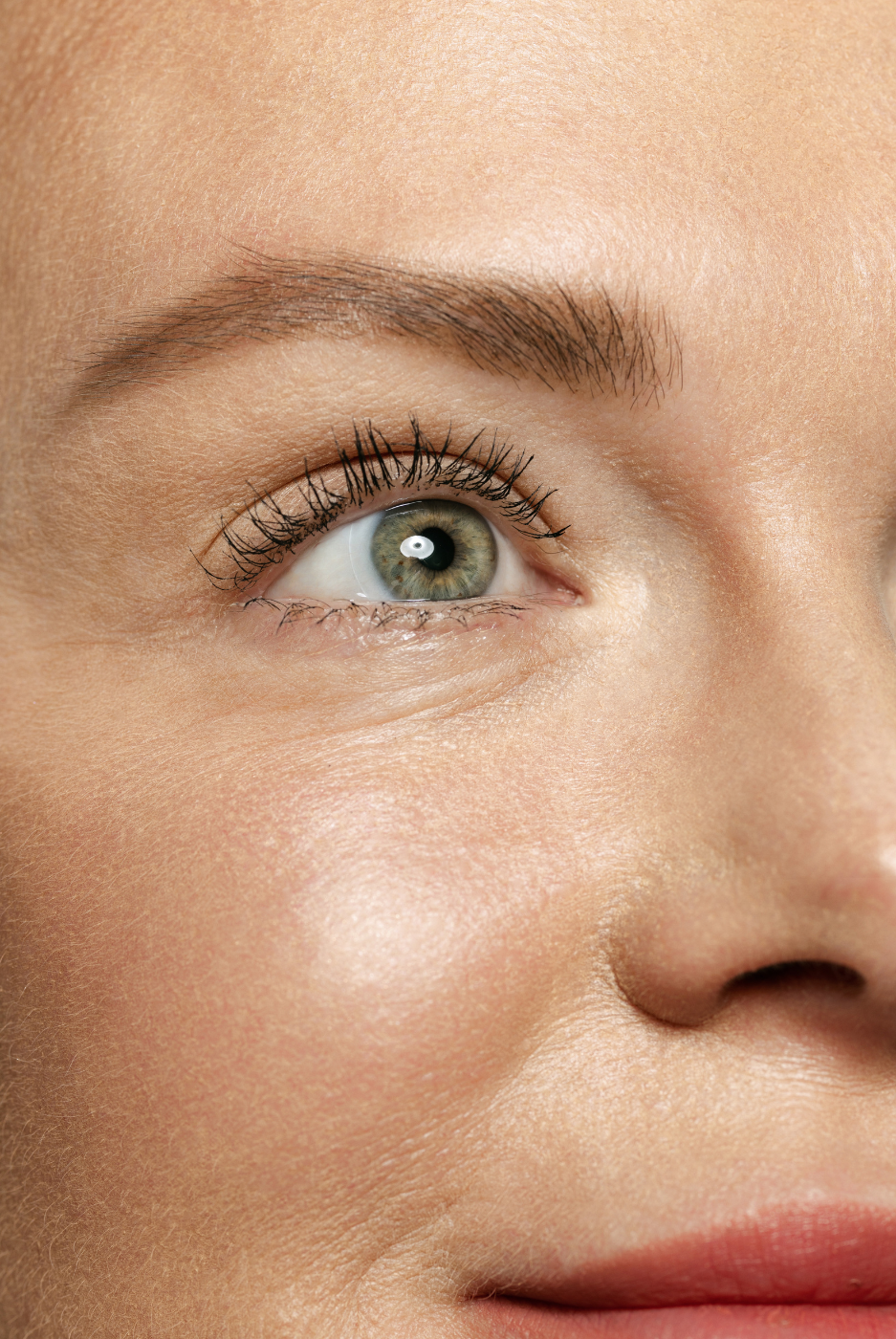
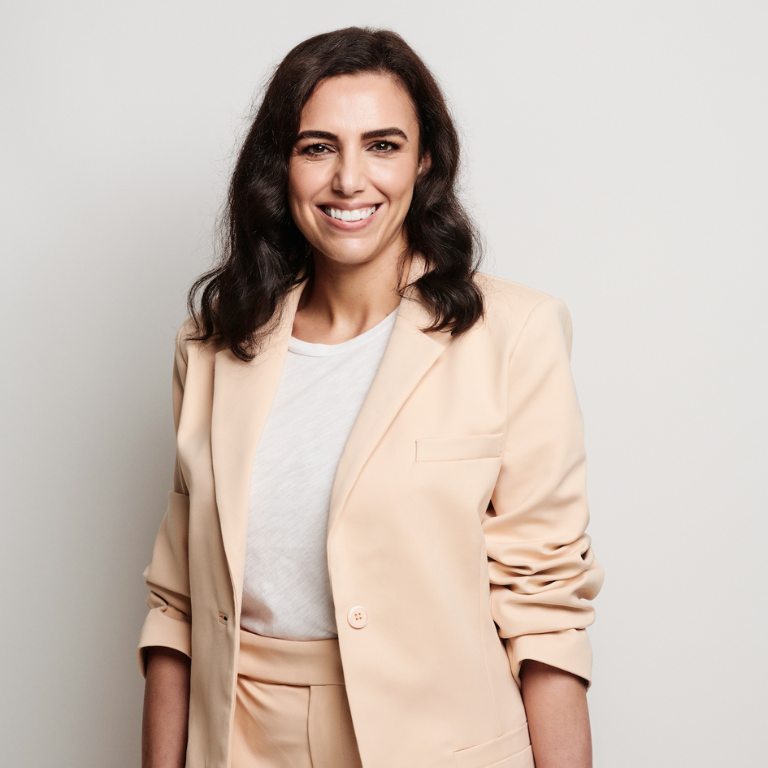

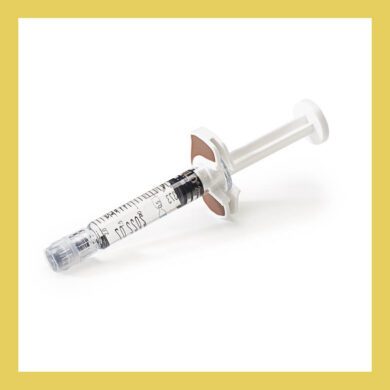
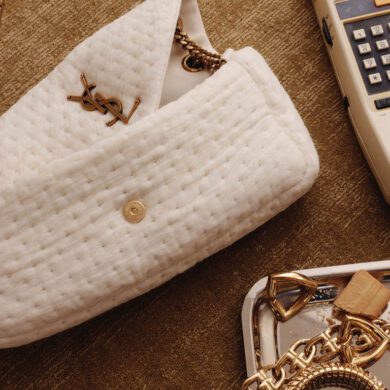
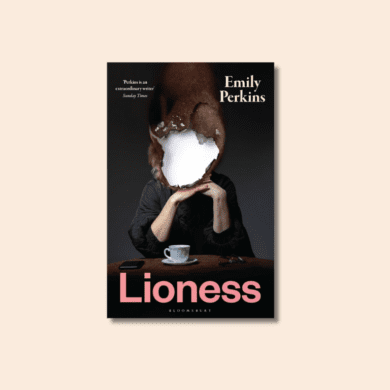
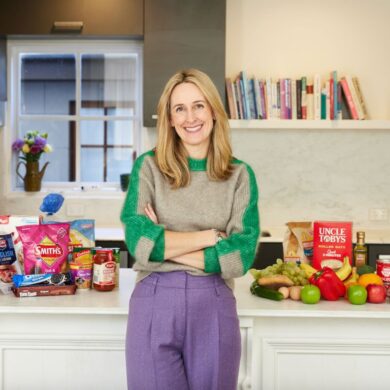
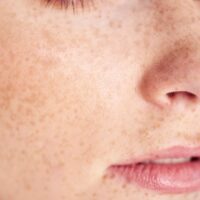
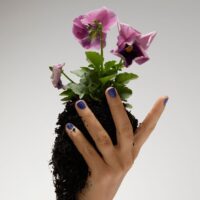
No Comments